#3DDrones - Bagpipes to 3D Print
£40.00
What #3DDrones is
The #3DDrones Highland Bagpipe drone set is a home-3D-printable set of Scottish Highland bagpipe drones, supplied as STL files. When printed and assembled, the set provides full drones, stocks and blowstick for a complete Highland bagpipe drone system.
It’s now over a decade since Lindstruments launched #3DDrones, and in that time it has become a reference point for 3D-printed pipes. Based on a survey of late-19th and early-20th-century Highland drone measurements and profiled after the late-19th-century set owned by Donald WG Lindsay’s father, the original 2014 file set has been widely printed, iterated on and remains easily recognisable from its characteristic profile. Many of the 3D-printed pipes heard and seen today trace their heritage back to this design.
The most talked-about aspect of 3D-printed bagpipes has been the surprisingly good sound they can offer; we believe this is largely because most of the 3D printed sets being played today, are ultimately derived from the #3DDrones file set. Come back to the source and print yourself a set directly from Donald WG Lindsay’s original, designed and prototyped in Glasgow, Scotland, by the inventor of the Lindsay System Scottish smallpipes.
Buy from the originator, and support the development of new work of equal or greater quality to what you can already find on this site.
What you receive
-
A digital download of the #3DDronesRev001.zip file set (Revision 001).
-
STL files for all parts required for a full set of Highland bagpipe drones, including stocks and blowstick.
-
A ReadMe document and detailed assembly guidance, including notes on the most important changes in the revised version.
-
Access to the construction and assembly videos (linked on this page).
Files can be downloaded immediately after payment. No physical parts are supplied – this is a digital STL file set only.
Printer and print requirements
-
Designed for a “desktop” style FFF (Fused Filament Fabrication) printer of the RepRap family or similar.
-
All parts must be printed at 100% infill to allow for part finishing and re-boring if desired.
-
The files are suitable for any printer with a Z limit of 100 mm or above.
-
The modular design makes manufacture challenging and introduces the risk of air leaks, but greatly increases accessibility by allowing the set to be printed on very basic machines and by shortening print times on larger ones.
-
ABS or PLA can be used; PLA is recommended for toughness if the pipes will be “out and about”.
-
Careful calibration and good layer adhesion are strongly recommended to ensure a strong, airtight set.
Do not expect to be playing your pipes tomorrow – or even next month. Print times are substantial, and finishing and assembly will take at least as long.
Tools and finishing
To get the most from these files once you’ve printed them, you’ll need access to some hand tools:
-
Hand reamers (adjustable or fixed) to cut approximately 8 mm, 9 mm, 11 mm, 14 mm, 17 mm and 19.5–20 mm bores.
-
A high-strength, gap-filling adhesive suitable for the plastic you’re using.
-
Very fine grit sandpaper / wet-and-dry if you wish to hand-finish the external surfaces.
All parts are around 100 mm in length and should be reamed before being assembled into longer sections. Reaming the bores cleans the inside surfaces, helps ensure a clear tone and smooth functioning of tuning slides and stock joints.
Bag, reeds, chanter, drone cords and bag cover are not included. You are buying STL files only.
Acoustic design
These drones are based not on a single historic set but on a survey of a wide range of available measurements and plans, followed by a prototyping process aimed at producing a mellow, smooth-toned set of drones, proportioned after sets from around the turn of the 19th/20th century. As with the Qwistle, the final tone and quality of your pipes will depend heavily on your printing, tools and finishing.
See and hear #3DDrones
A video of a printed and fully finished #3DDrones set being played is embedded on this page.
(The sound quality of this video could be improved - better recordings to follow)
Here is the video assembly guide for this set ;
Files can be downloaded immediately following payment.
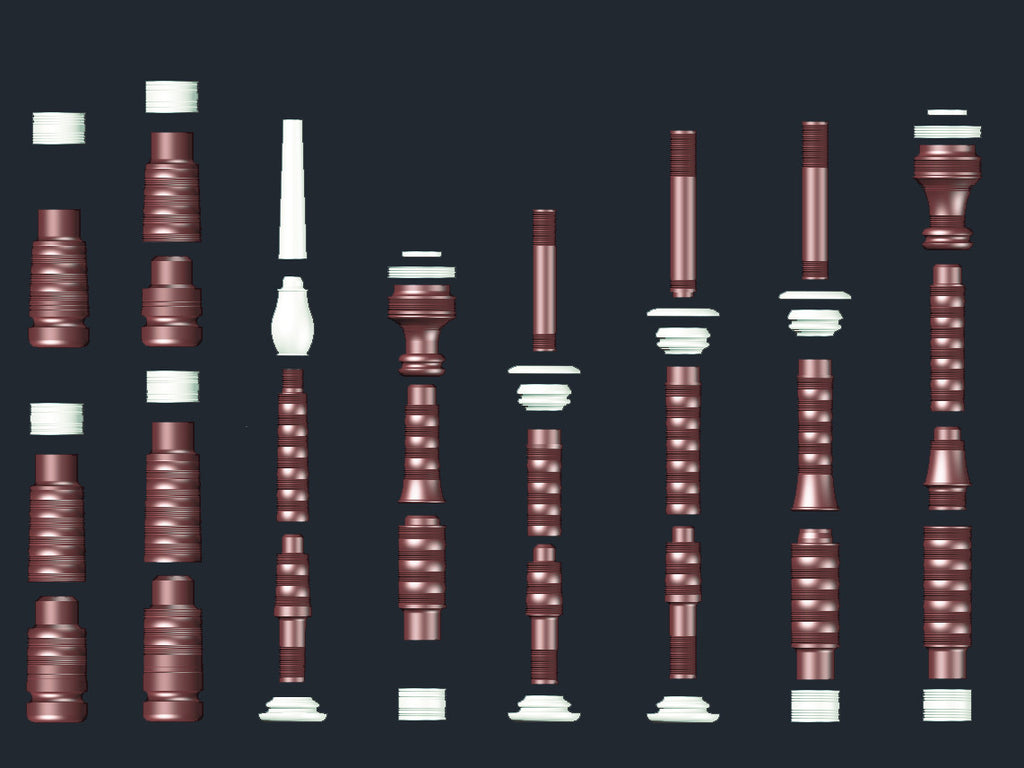
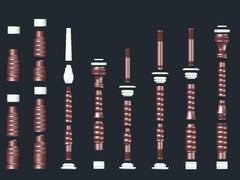
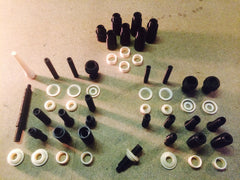
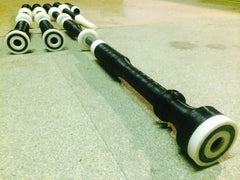
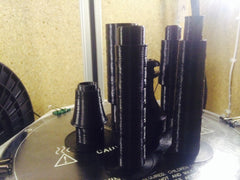

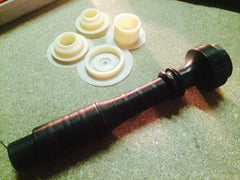
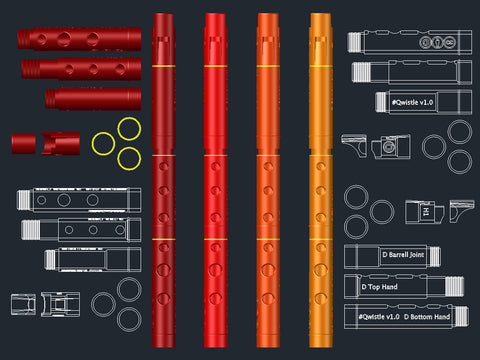
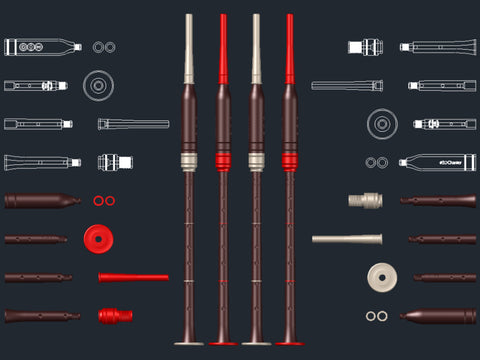
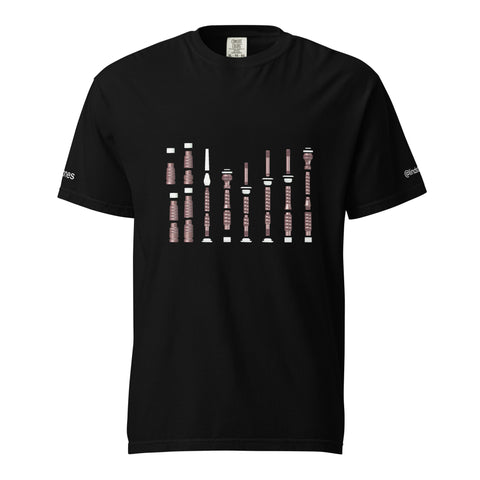

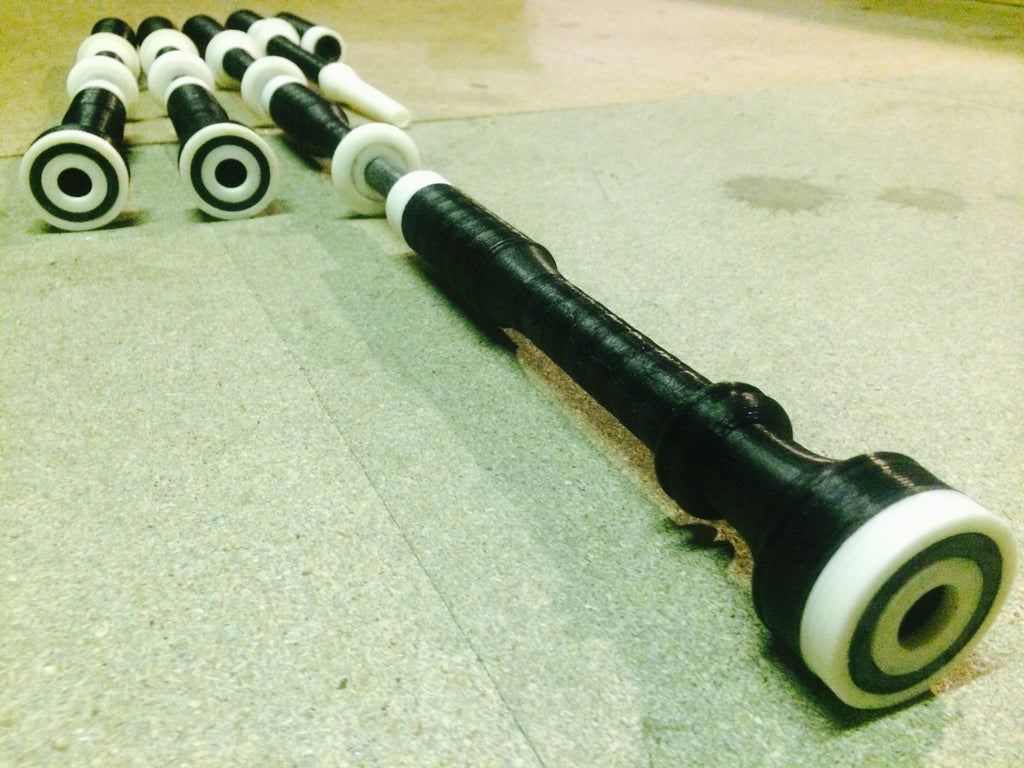

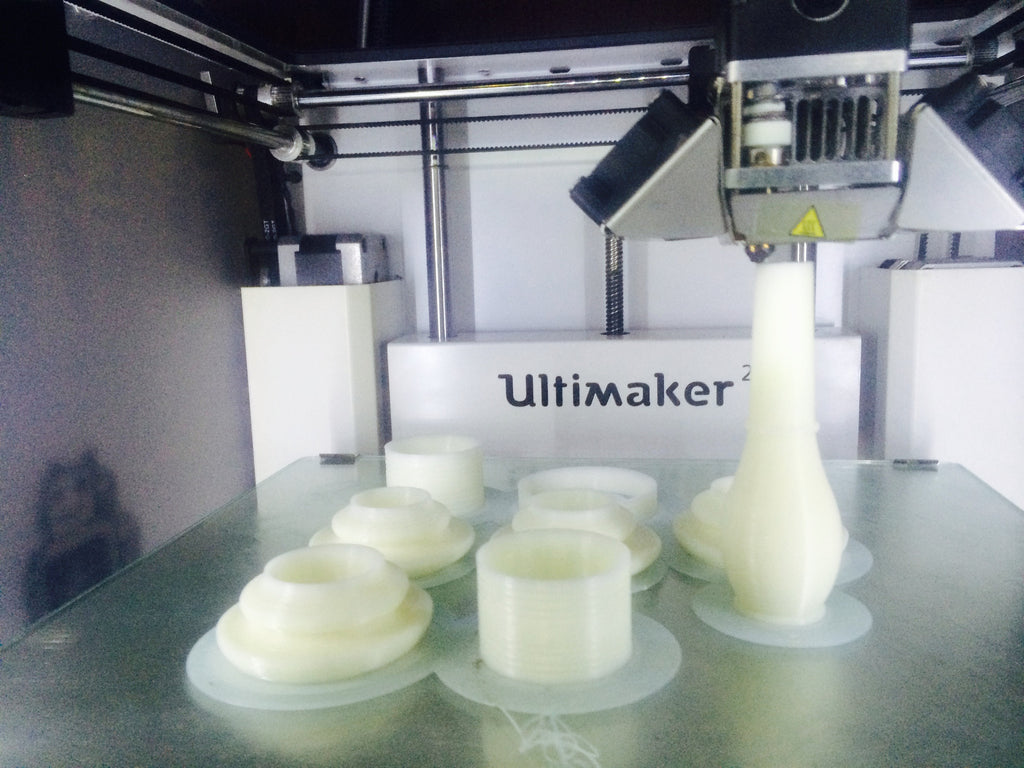
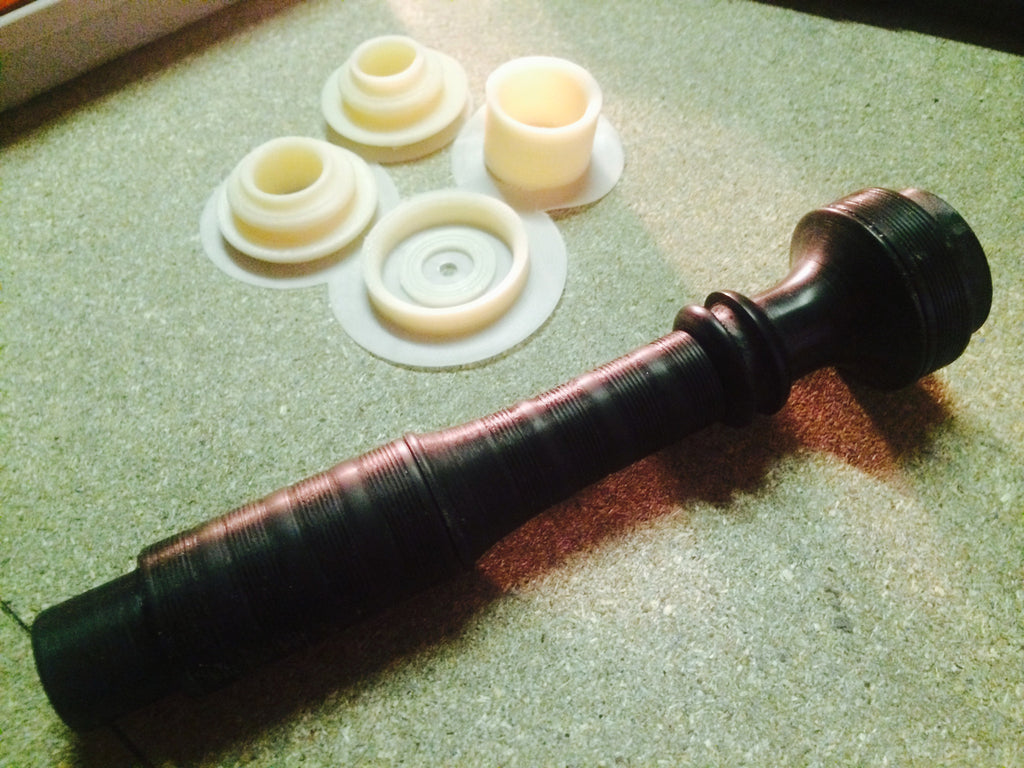
Share this item: